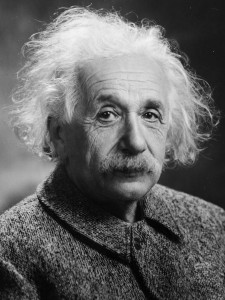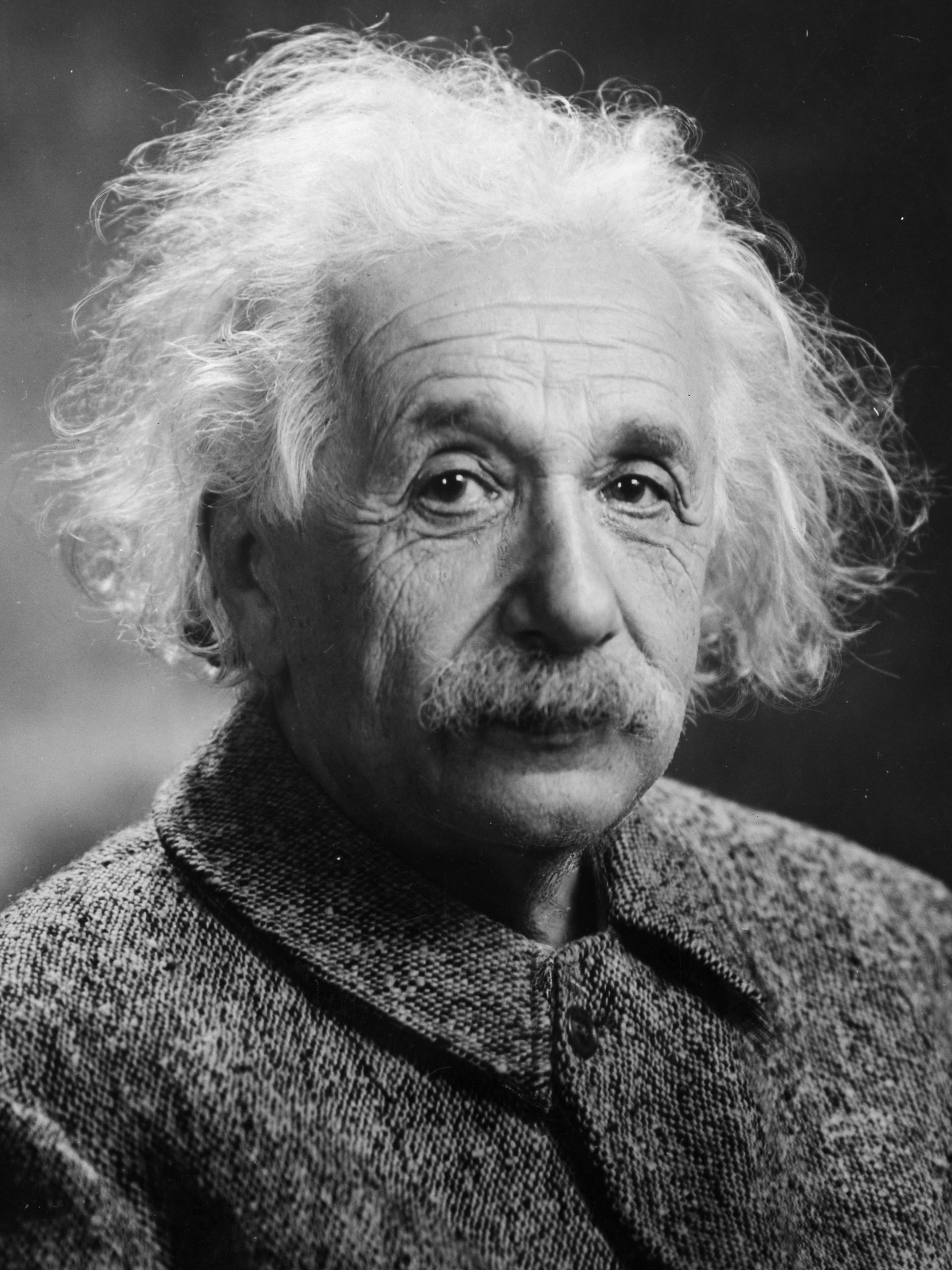 Here’s a story- One hundred years ago Albert Einstein (whose birthday was last week!) predicted the existence of gravitational waves. The idea is that gravity is not laid out upon the universe like a uniform, unwrinkled blanket, rather it is subject to disruptions and irregularities, or wrinkles. This concept not only has far-reaching implications for the very nature of our universe, but for a science fiction fan like myself, it’s also really cool to think about! Einstein’s theory of relativity supported the existence of these irregular waves in space and time, likely resulting from the collision of massive black holes. Despite the fact his own theory supported the existence of gravitational waves he questioned their existence, and acknowledged how difficult it would be to measure them. One hundred years later scientists in Washington state and Louisiana used 4 km (2.5 mi) long laser arrays to measure infinitesimally small gravitational waves for the first time. Thank you Einstein, lasers, and physical science!
Here’s a story- One hundred years ago Albert Einstein (whose birthday was last week!) predicted the existence of gravitational waves. The idea is that gravity is not laid out upon the universe like a uniform, unwrinkled blanket, rather it is subject to disruptions and irregularities, or wrinkles. This concept not only has far-reaching implications for the very nature of our universe, but for a science fiction fan like myself, it’s also really cool to think about! Einstein’s theory of relativity supported the existence of these irregular waves in space and time, likely resulting from the collision of massive black holes. Despite the fact his own theory supported the existence of gravitational waves he questioned their existence, and acknowledged how difficult it would be to measure them. One hundred years later scientists in Washington state and Louisiana used 4 km (2.5 mi) long laser arrays to measure infinitesimally small gravitational waves for the first time. Thank you Einstein, lasers, and physical science!
Physical science is the study of inanimate, natural phenomena, including physics, chemistry, and traditionally astronomy (the Next Generation Science Standards (NGSS) place astronomy under Earth and Space Systems). The NGSS features a vertical alignment for physical science from kindergarten through high school and includes motion, matter, and energy, among other things, allowing students to continually add to their understanding of the workings of the universe from the inconceivably small to the unfathomably large.
Finding Your Way
A great way to start is to pay a visit to the NGSS standards search page and take a look at how the same standard develops through the grades, from introduction in primary through culmination in high school. For instance, standard PS1 (Matter and Its Interactions), first shows up in second grade where students “Construct an argument with evidence that some changes caused by heating or cooling can be reversed and some cannot”. The same standard in high school states students must, “Develop a model to illustrate that the release or absorption of energy from a chemical reaction system depends upon the changes in total bond energy.” This represents a big jump in understanding for sure, but thanks to the design of the NGSS, students build on the same concept with increasing complexity over several years.
Lesson Tips
When planning a new physical science lesson (or any science lesson for that matter) here are some things to keep in mind:
- Start with an observation of a real world phenomenon that students have prior experience with- even if you have to create that experience ahead of time to set the stage.
- Next, an opportunity to explore that phenomenon hands-on, with an emphasis on observation and documentation cements the experience in student’s minds, preparing them for the underlying concept while exposing any misconceptions they may have. This also serves to engage students and focus their minds on the specific learning objectives.
- Now it’s time for students to construct an explanation (with scaffolding, guidance, and explicit instruction). Grab a journal, poster paper, or a device to compose an argument or justification for findings and tap into the power of cross-curricular learning!
- Finally, when planning your assessment component remember that the NGSS Performance Expectations for each standard are intended to allow students to demonstrate mastery of content through multiple modalities. Have a student that’s a visual learner? Give them the space to create a short movie demonstrating how the mixing of two substances can result in a new substance! With a little creativity (and the bravery to hand agency to our students) we can allow creativity access to the science lab AND maintain high expectations for our students.
Resources
If you’re looking for some ideas to bring some fresh physical science lessons into your classroom here are three worthwhile links:
- BetterLesson features a plethora of lessons and entire units or both the NGSS and Common Core. The site also includes one-on-one PD with master teachers if you’re wanting to really give deep.
- Don’t be fooled by Teach Engineering‘s name, they are an inclusive site for science lessons of all disciplines. However, with a focus on engineering, addressing some of your grade span’s engineering and technology standards will be a snap!
- Discovery Education has come far over the years that I have been visiting the site. Many of the lessons have links to external resources, making it easy to create robust lessons.
If you have other resources, tips, or advice for planning science lessons, physical or otherwise, please leave a comment below.

